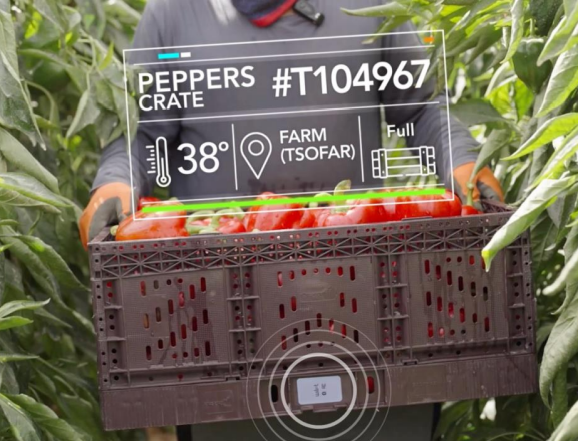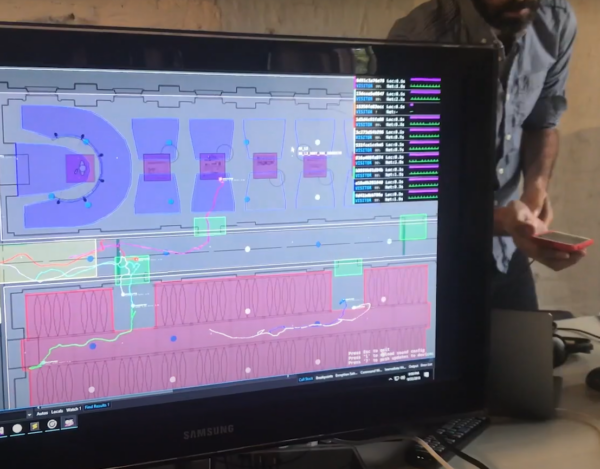From Proximity to
Precise Positioning
Initially known for its device communications capabilities, Bluetooth® technology is now also widely used as a device positioning technology to address the increasing demand for high accuracy indoor location services. By enabling one device to determine the presence, distance, and direction of another device, Bluetooth technology delivers flexibility unlike any other positioning radio, allowing building managers and owners to scale indoor positioning solutions to match the varying and changing needs of the building.
Key Use Cases
Developers and implementers around the world are turning to the flexibility of Bluetooth® technology to enable powerful, low-cost proximity solutions and positioning systems.
Asset Tracking
Bluetooth technology is powering rapid growth in real-time locating system (RTLS) solutions used for tracking assets and people, whether that’s locating tools and workers in a warehouse or medical devices and patients in a hospital.
![]()
Find My
Attaching Bluetooth® tags to personal items such as keys, wallets, backpacks, or luggage was just the beginning of the ‘Find My’ phenomenon. Now, a rapidly increasing number of Bluetooth devices embed ‘Find My’ capabilities, introducing the possibility of any Bluetooth connected device becoming a ‘Find My’ device. When a Bluetooth ‘Find My’ device is misplaced, its owner simply launches an application on their smartphone or tablet to locate it, bringing added convenience and peace of mind.
![]()
FEATURED ENHANCEMENT
Bluetooth® Channel Sounding
See how Bluetooth® Channel Sounding can bring true distance awareness to billions of connected devices.
Digital Key
The smartphone continues to expand its role in everyday life. Bluetooth® technology is enabling smartphones to be used as a convenient and secure digital key, unlocking doors and spaces as you approach your car, home, office building, and more.

FEATURED PAPER
Evolution vs. revolution:
the building blocks of automotive body electronics
Indoor Navigation
From airports and train stations to museums and stadiums, Bluetooth indoor positioning systems (IPS) have quickly become the standard for overcoming the indoor coverage challenges of GPS, helping visitors navigate their way through complex facilities.



















































